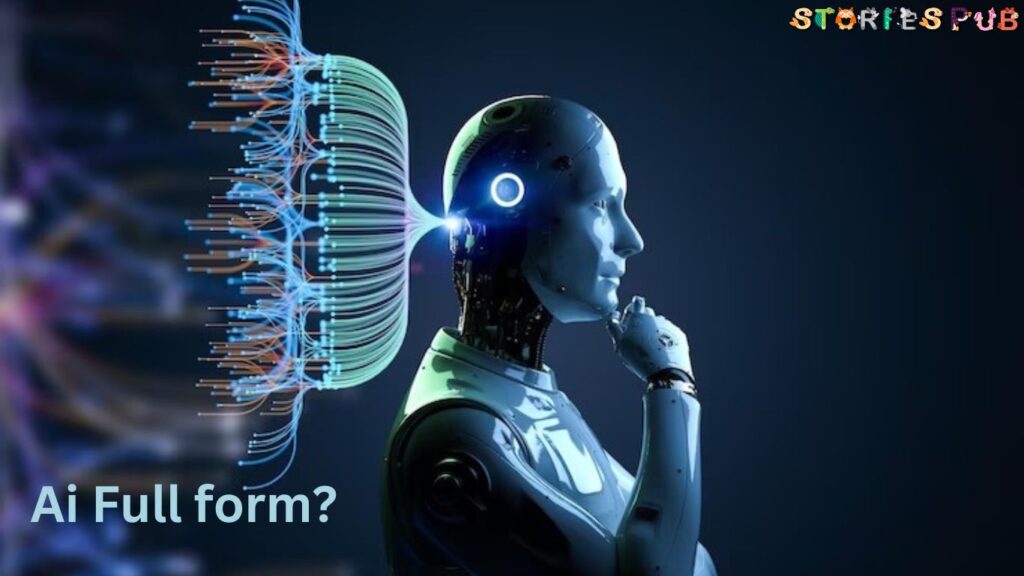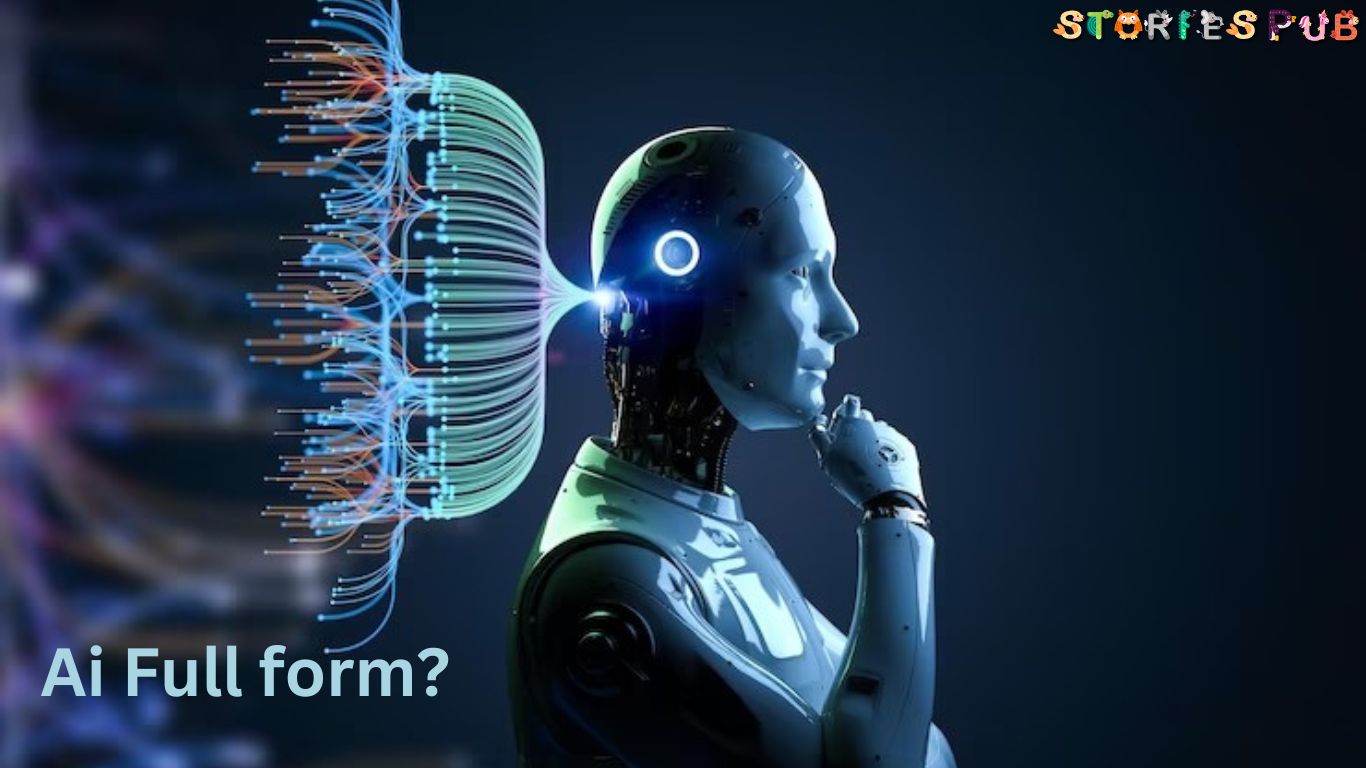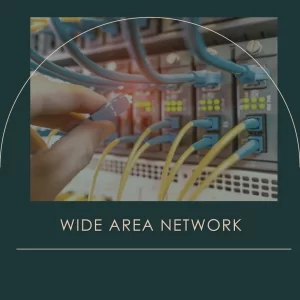Unlocking the Secrets of AI: A Deep Dive into its Full Form

Artificial Intelligence has become a buzzword in today’s technology-driven world. But what does it mean? In this article, we will delve into the full form of AI and provide a comprehensive understanding of its significance in our daily lives. Also, we will explore its history, working principles, applications, challenges, and prospects, shedding light on the secrets of AI and unlocking its potential to shape our world.
What is AI?
AI refers to machines or computer systems that are designed to mimic human intelligence. It involves the development of algorithms and models that enable machines to process information, make decisions, and perform tasks that typically require human cognitive abilities.
AI systems are designed to process data, analyze patterns, learn from experience, and make predictions or decisions based on that learning. These systems can operate autonomously or with human interaction, depending on the application and level of sophistication. AI is used in various domains, such as natural language processing, computer vision, speech recognition, recommendation systems, robotics, and many more.
It’s important to note that there are different approaches to AI, ranging from rule-based systems to machine learning-based systems. Rule-based systems rely on predefined rules and logic to make decisions, while machine learning-based systems learn from data and adapt their behavior based on the patterns they discover in the data.
AI has the potential to revolutionize industries and impact our daily lives in significant ways. However, it’s also important to consider the ethical and societal implications of AI, such as bias, fairness, transparency, and accountability, as it continues to evolve and become more widespread.
1956: American computer scientist John McCarthy coined the term “artificial intelligence” and organized the Dartmouth conference widely regarded as the birthplace of AI as a field of study.
1969: Shaky, a mobile robot developed at the Stanford Research Institute, was the first general-purpose robot capable of performing tasks with a purpose rather than simply following a list of instructions. It was an important milestone in robotics and AI.
What is AI stand for?
AI stands for artificial intelligence. It refers to the development of computer systems that can perform tasks that typically require human intelligence, such as visual perception, speech recognition, decision-making, and language translation, among other techniques
History of AI
1997: IBM’s Deep Blue, a supercomputer designed to play chess, defeated world champion chess player Garry Kasparov in a historic match. The event marked a breakthrough in AI and demonstrated the capabilities of computers to defeat human experts at complex tasks.
2002: The first commercially successful robotic vacuum cleaner, the Roomba, is introduced by iRobot. It became a popular consumer product and demonstrated the potential of AI in everyday household tasks.
2005-2019: Over the years, various innovations emerged in AI, including advances in speech recognition, robotic process automation (RPA), smart homes, and other applications. These innovations have significantly impacted various industries including healthcare, finance, transportation, and entertainment.
2020: Baidu, a Chinese technology company, released the Linear Fold AI algorithm to assist medical and scientific teams in developing a vaccine for the (COVID-19) virus during the early stages of the pandemic. The algorithm was able to predict the RNA sequence of the virus in just 27 seconds, which was 120 times faster than other methods.
The history of AI has been marked by significant milestones and breakthroughs, with the technology, algorithms, and applications driving its development. AI continues to transform various industries and reshape our daily lives with the potential to revolutionize the way we live and work in the future.
How Does AI Work?
AI works through a process that involves data, algorithms, and computational power. Data, in the form of text, images, audio, or video, is processed using algorithms that follow sets of instructions or rules.
Machine learning algorithms, in particular, learn from data and improve their performance over time. During the training phase, the AI system is fed with labeled data to optimize its algorithms. Once trained, the system can perform inference, making predictions or decisions based on new data.
Feedback loops and advancements in computing technologies drive the progress of AI, making it a powerful tool in various domains such as natural language processing, computer vision, speech recognition, and more.
AI is based on three cognitive processes
1: The learning process: AI involves collecting and converting data into valuable information for practical use.
2: Reasoning Process: It is necessary to choose an appropriate algorithm to solve a particular task.
3: Self-correction process: Enables the correction of algorithms and the creation of more adequate feedback to achieve the best possible results.
Applications of Artificial Intelligence (AI)
Healthcare: AI is revolutionizing healthcare with its potential to enhance diagnosis, treatment, and patient care. Machine learning algorithms are used to analyze medical data, such as medical records, radiology images, and genetic information, to identify patterns and make predictions for accurate diagnosis and personalized treatment plans. AI is also utilized in telemedicine, virtual health assistants, and drug discovery, among other applications.
Finance: AI in the financial sector for tasks like fraud detection, risk assessment, and trading. ML algorithms analyze data for anomalies and patterns. Also used for credit risk assessment, portfolio optimization, personalized financial advice
.
Automotive: AI is driving innovation in the automotive industry, with applications such as autonomous vehicles, advanced driver assistance systems (ADAS), and predictive maintenance. AI algorithms process data from sensors, cameras, and other sources to enable self-driving cars, enhance safety, and optimize vehicle performance.
Customer Service: AI-powered Chatbots and virtual assistants are becoming increasingly popular for customer service in various industries. These AI-powered systems use natural language processing (NLP) and machine learning algorithms to understand customer queries and provide personalized responses, enhancing customer experience and reducing the need for human intervention.
Education: AI is being used in education for personalized learning, intelligent tutoring systems, and automated grading. AI algorithms analyze student data, learning patterns, and performance to provide personalized learning paths and feedback. AI-powered tutoring systems can adapt to individual student needs, providing a customized learning experience.
5 important Future of AI
Enhanced Automation and Autonomy: AI is expected to further revolutionize automation by enabling machines to perform complex tasks with minimal human intervention. Autonomous vehicles, drones, and robotic systems powered by AI are likely to become more prevalent, transforming industries such as transportation, logistics, and manufacturing.
Personalized AI Solutions: AI is increasingly being used to create personalized solutions that cater to individual needs and preferences. With advancements in machine learning algorithms and data analytics, AI has the potential to deliver personalized experiences in fields such as healthcare, retail, entertainment, and customer service. This could result in highly tailored and customized products, services, and recommendations.
Augmented Intelligence: Augmented intelligence, which combines human intelligence with AI capabilities, is expected to play a vital role in the future of AI. AI-powered tools and systems will assist humans in decision-making, problem-solving, and creativity, amplifying human capabilities and expertise rather than replacing them.
Ethical and Responsible AI: As AI becomes more pervasive, there will be increasing emphasis on ethical and responsible AI practices. This includes addressing issues such as bias, fairness, transparency, and accountability in AI algorithms and systems. The development and deployment of AI technologies with responsible and ethical considerations are likely to gain prominence in the future.
Collaborative Human-Machine Interaction: The future of AI is likely to see a shift towards more collaborative human-machine interaction. AI systems will work in tandem with humans, complementing their skills and expertise, and enabling more seamless collaboration.
Conclusion
Artificial Intelligence has a promising future with advancements in machine learning, data analytics, and computing power. AI applications are evident in various industries and have the potential to revolutionize automation, personalization, and collaborative human-machine interaction.
However, ethical considerations, such as addressing biases and ensuring fairness and transparency, should be a priority in AI development.
Responsible and ethical practices are crucial for harnessing the full potential of AI while being mindful of the societal implications. With a holistic approach and responsible use, AI can contribute positively to our society, enhancing human capabilities and benefiting humanity as a whole.
FAQs
What are some examples of AI applications?
AI is used in various applications, including natural language processing (NLP) for speech recognition and language translation, computer vision for image and video analysis, recommendation systems for personalized content, autonomous vehicles, virtual assistants, and robotics.
What are the ethical concerns with AI?
Ethical concerns with AI include bias in decision-making, lack of transparency and accountability, potential job displacement, privacy and security issues, and the potential misuse of AI for harmful purposes.
How can we ensure responsible AI development?
Responsible AI development involves addressing biases, ensuring fairness and transparency, being accountable for the impact of AI, and incorporating ethical considerations in the design and deployment of AI systems. Collaboration among stakeholders, including researchers, developers, policymakers, and users, is crucial in shaping the responsible development of AI.
How can AI be used for social good?
AI can be used for social good by addressing societal challenges such as healthcare, climate change, poverty, and education. AI can aid in developing solutions, improving decision-making, and providing insights for social impact initiatives.
Can AI replace human jobs?
While AI has the potential to automate certain tasks, it is also expected to create new job opportunities, particularly in areas such as AI research, development, and ethics. Reskilling and up-skilling of the workforce may be needed to adapt to the changing landscape of AI-driven automation.
How much did you like Unlocking the Secrets of AI: A Deep Dive into its Full Form Please share your view in the comment box. Also, please share this story with your friends on social media so they can also enjoy it, and for more such Full form, please bookmark storiespub.com.





